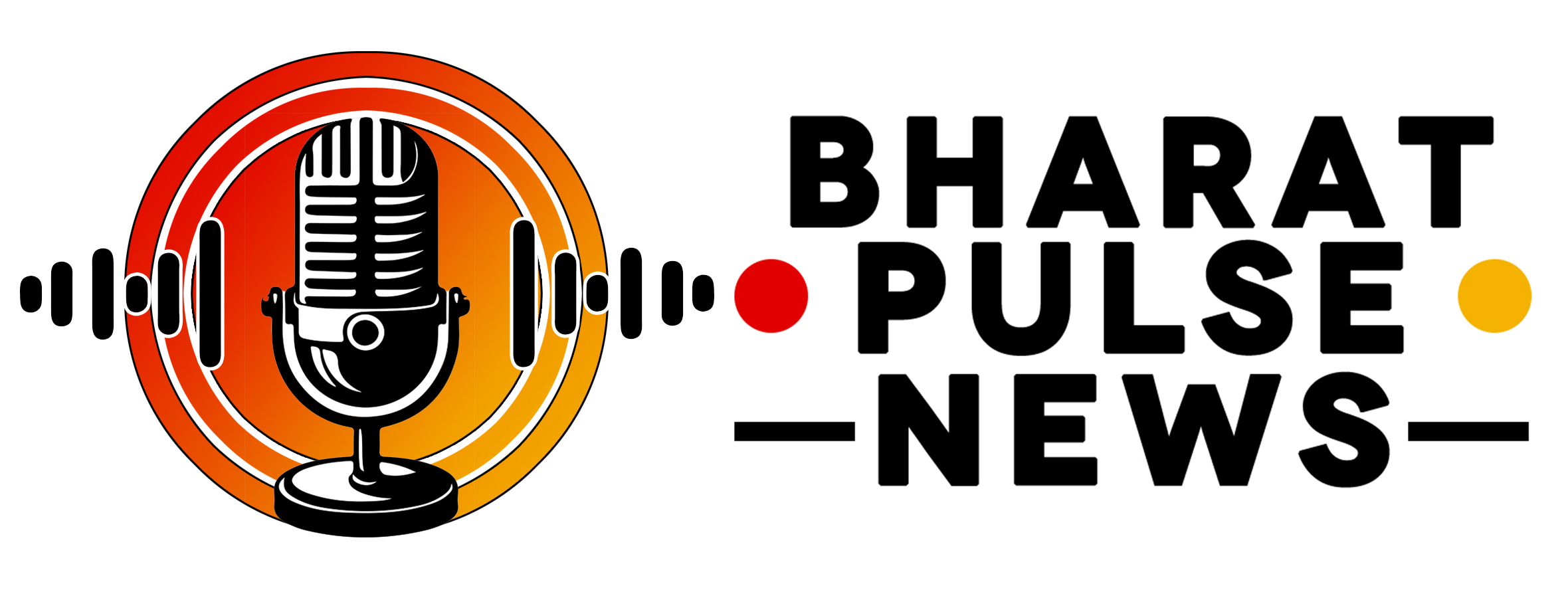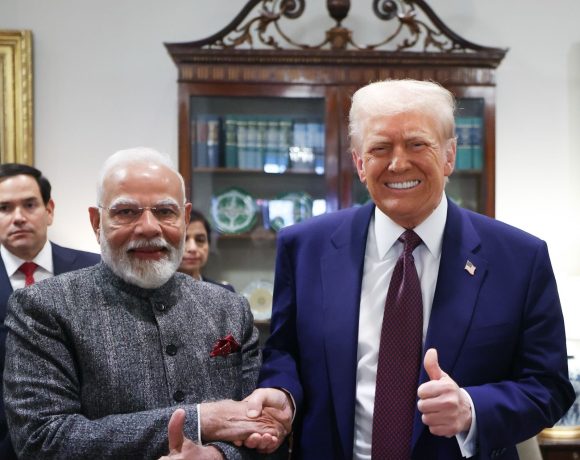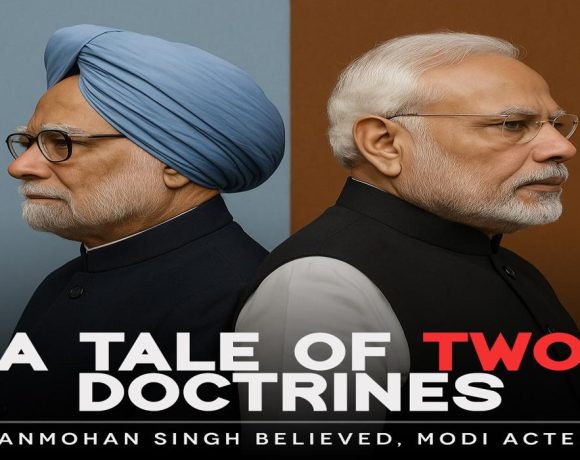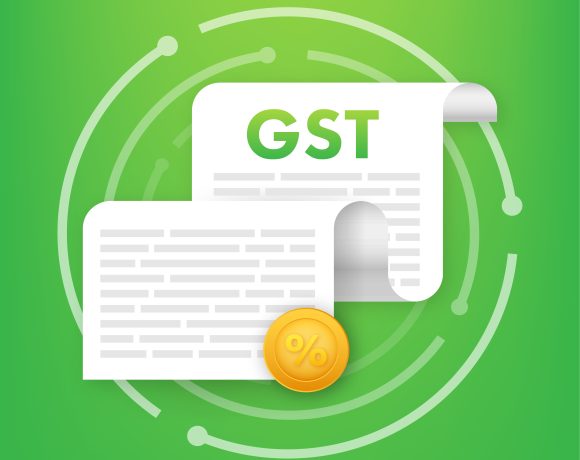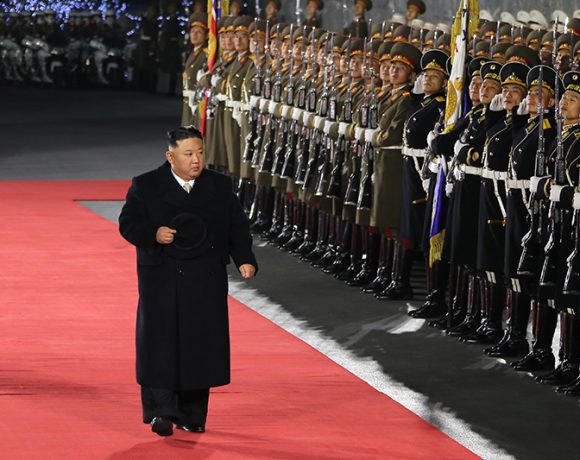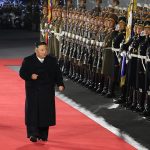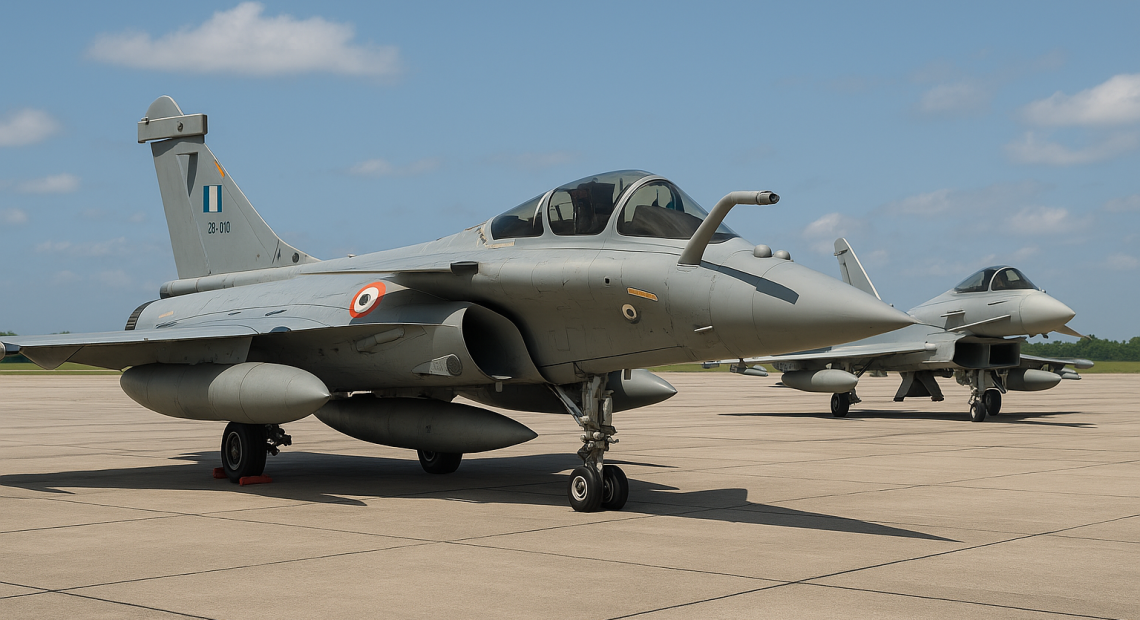
A Squadron Boost or a Logistics Burden? The Case for Buying Qatar’s Typhoons
Unverified reports that India may be eyeing Qatar’s Eurofighter Typhoon jets have triggered a wave of speculation. With the Indian Air Force facing a squadron strength far below the sanctioned 42, the idea of acquiring nearly new fighters from Doha sounds tempting. But the question remains—would these jets be a quick fix or a long-term burden for the IAF?
Qatar’s own procurement story is unusual. In a span of just a few years, the Gulf nation ordered 36 Rafales, 36 F-15QA fighters, and 36 Eurofighter Typhoons. Deliveries of the Typhoons began only in 2022, which means the aircraft are barely three years old and carry decades of service life ahead of them. For a small air force, managing three frontline fighter types is expensive and unwieldy, which explains why speculation about resale has gained traction. Yet, Doha has not confirmed any such move, and any transfer would require approval from all four Eurofighter consortium members—Germany, the UK, Italy, and Spain—making the process far from straightforward.
If the option were real, India is one of the few nations that could leverage its broader relationship with Qatar to explore a deal. Energy ties are the bedrock of the partnership: Qatar supplies nearly 40 percent of India’s LNG imports, and New Delhi renegotiated long-term contracts as recently as 2024. Add to that the 800,000 Indians working in Qatar—the largest expatriate group in the country—and the release of eight Indian Navy veterans last year after intense diplomatic effort, and it is clear that India enjoys goodwill in Doha. Bundling energy security and defence procurement in a single diplomatic package would not be unprecedented.
On paper, the Eurofighter Typhoon would bring real value to the IAF. It is a 4.5-generation jet with cutting-edge avionics, the powerful Captor-E AESA radar, and integration of the Meteor beyond-visual-range missile, making it one of the world’s best air-superiority platforms. The IAF’s squadron gaps could be plugged quickly without waiting for the protracted MRFA tender process. The Typhoon’s agility and range would provide a credible deterrent against both Pakistan and China, while young airframes delivered only in 2022–23 would give India 20–30 years of effective service life.
Yet, there is no escaping the Rafale factor. The IAF already operates Rafales as its strategic multirole backbone, with proven capabilities in deep strike, nuclear delivery, and maritime strike missions. Rafale also fields the Meteor missile, meaning the Eurofighter would not necessarily add unique weaponry. In practice, Rafale is the versatile swing-role aircraft, while the Typhoon is a purebred air combat specialist. For the IAF, fielding both would risk duplication rather than complementarity.
The deeper problem lies in logistics. The IAF is already struggling to sustain a patchwork fleet that includes Su-30MKI, Rafale, Mirage 2000, Jaguar, MiG-29, and the indigenous Tejas. Adding the Typhoon would mean creating a brand-new ecosystem for EJ200 engines, spare parts, simulators, training pipelines, and electronic warfare libraries. Such diversity increases costs, drains manpower, and slows standardisation. India has often been criticised for this fragmented approach, and buying Qatari Typhoons could repeat old mistakes.
Then there are political and financial hurdles. Even if Qatar is willing, the sale would need the unanimous consent of Eurofighter partner nations, and Germany has a record of blocking arms exports on political grounds. Cost is another question: Tranche-3 Typhoons are not “cheap second-hand fighters”—they cost over $100 million each, and India would also need to invest in integration and infrastructure. With the MRFA tender still unresolved, acquiring Typhoons on the side could complicate the larger procurement roadmap.
In the end, Qatar’s Typhoons, if available, would indeed give the IAF a rapid squadron boost and add a layer of deterrence in the short term. But in the long run, they risk becoming a logistics and financial burden unless India formally chooses the Typhoon as its MRFA solution and builds the ecosystem to sustain it. The IAF must weigh whether it wants an opportunistic short-term patch or a disciplined, coherent path for the next generation of air power.
